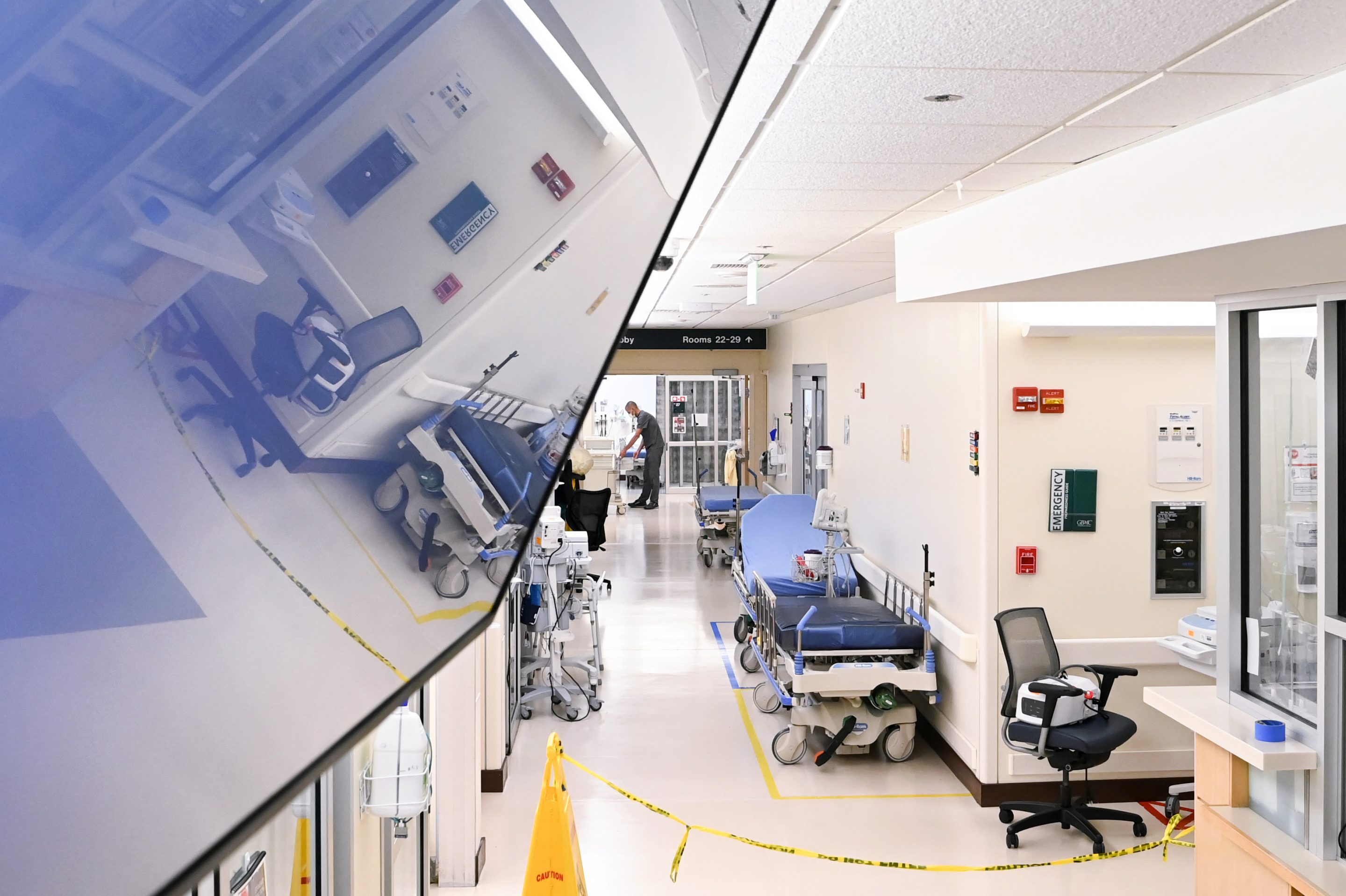
A federal hospital price transparency rule that took effect on January 1, 2021, was supposed to remedy runaway health care bills that have saddled 100 million Americans with medical debt.
Yet prices continue to spiral out of control. This month, the Labor Department announced health insurance costs increased by 20.6% over the last year, nearly three times the overall elevated inflation rate. Experts predict care and coverage expenses will accelerate even faster next year.
What happened? The rule has only just come into force, but its effectiveness has been corrupted by widespread hospital noncompliance, the lack of price disclosure standards, and hospitals' exploitation of a price estimator loophole.
The new Congress can make the rule work as intended by passing legislation to hold hospitals accountable for hiding their prices from American consumers.
The price transparency rule requires hospitals to publish online their discounted cash prices and negotiated insurance rates by plan. Armed with this information, health care consumers, including employers and unions, can shop for the best quality care at the lowest possible prices. They can substantially reduce their health care costs through choice and competition.
Price discovery is especially important in health care given the rampant price gouging and well-documented wild price fluctuations for the same care, even at the same hospital. At one California hospital, the price of a C-section ranges from $6,200 to $60,600. A recent study published in the journal Radiology finds CT scan prices can vary from $134 to $4,065 at the same hospital. Actual prices empower consumers to avoid such overcharging in favor of fair market alternatives.
When prices are known upfront, no consumer will tolerate paying 10 times more than the patient in the bed next to them for the same care. Employers, who provide most Americans with health coverage, can steer their employees to less expensive alternatives and share ensuing savings in the form of higher wages at a time they're needed most.
Consider the union SEIU 32BJ, which represents approximately 200,000 building services workers across the Northeast. It recently dropped NewYork-Presbyterian from its health plan due to the hospital's price gouging. For instance, the hospital charged its members an average of $10,368 for outpatient colonoscopies versus $2,185 at the city’s public hospitals. The union saved roughly $30 million as a result of this move, according to its health fund director Cora Opsahl. It used the funds to give members their largest pay increases in history, as well as $3,000 bonuses. Robust hospital price transparency will make it easier for other unions and employers to follow suit.
Unfortunately, most hospitals are willfully ignoring the rule in order to continue profiteering off patients by keeping them in the dark about prices. According to a recent study by PatientRightsAdvocate.org, only 16% of hospitals nationwide are following it.
The Centers for Medicare & Medicaid Services (CMS) has facilitated this widespread hospital noncompliance through a lack of enforcement. To date, it has only fined two hospitals out of the thousands nationwide that are violating the rule. Yet even this meager response shows the power of enforcement. The two penalized hospitals quickly became compliant and posted exemplary pricing files.
Hospital price disclosures that do exist often come in a variety of formats and file types that make it difficult for third-party tech innovators to aggregate the information in easy-to-use web applications similar to Kayak or Expedia. For instance, some hospitals publish their prices using abbreviations or percentages. Some post files in TXT format and others in JSON. As a result, patients and employers can't easily shop online for care as they do for other services.
Another factor limiting the rule's effectiveness is hospitals' use of a provision that allows them to post estimates instead of actual prices. Price estimates are transparency-washing. They prevent price comparisons because they provide no accountability for final bills that are far higher.
For instance, Dani Yuengling, a patient in South Carolina, received a $1,800 estimate from a local hospital for a breast biopsy. But her actual bill was $8,424, $5,170 of which she owed out of pocket. Only actual prices empower consumers to compare and substantially save with peace of mind that the final bill will match the quoted price.
The new Congress can still fulfill the original promise of the price transparency rule by codifying it into legislation with a robust enforcement mechanism to boost hospital compliance. Congress can also make it more effective by requiring consistent data disclosure standards and eliminating the price estimator loophole.
Health care price transparency is supported by an overwhelming bipartisan supermajority of nearly 90% of Americans–and the last four presidential administrations. The divided Congress can come together and put good policy ahead of partisanship by making the price transparency rule a reality.
Cynthia A. Fisher is a life sciences entrepreneur, founder, and chair of PatientRightsAdvocate.org, and the founder and former CEO of ViaCord Inc.
The opinions expressed in Fortune.com commentary pieces are solely the views of their authors and do not necessarily reflect the opinions and beliefs of Fortune.
More must-read commentary published by Fortune:
- Elon Musk knows what he’s doing. Here’s the real value he sees in Twitter
- California Gov. Newsom: ‘Ideological attacks on ESG investing defy the free market—and taxpayers are losing out. Here’s why we consistently beat Republican-led states in nearly every economic category’
- It’s not the jobs, stupid
- Biden crowned world energy czar as diplomacy triumphs over Putin’s tantrums






